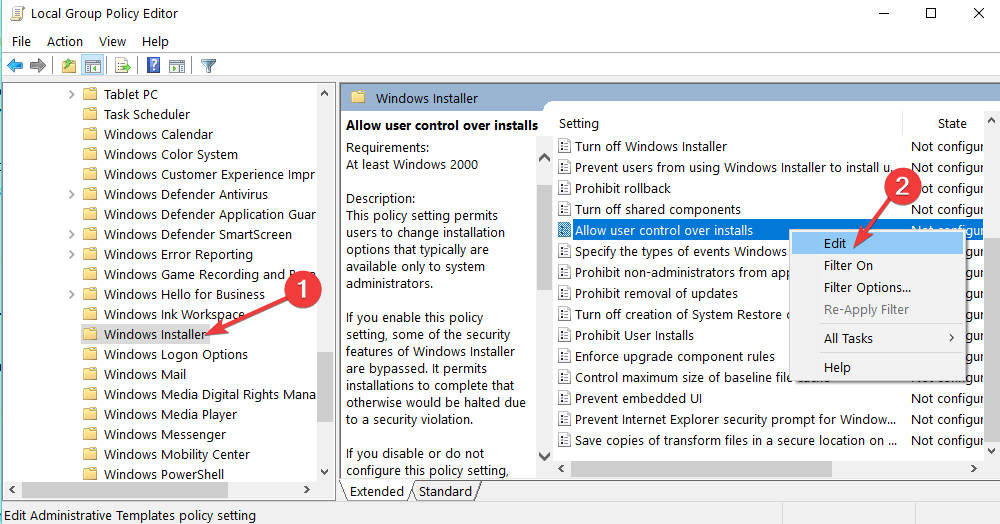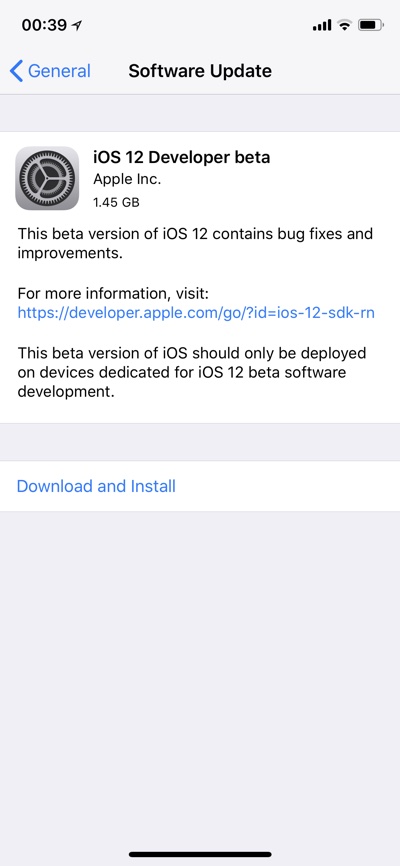

NOTE: You will see both the Administrator and Guest accounts listed. In the Administrator: Command Prompt window, type net user and then press the Enter key.

Note: You can also right-click the corresponding computer name and then select Manage in Active Directory Users and Computers. To do so, right-click the Computer Management icon, select Connect to another computer, and then enter the computer name of the machine you want to manage. How do I add local admin rights remotely? If your account has admin rights, it will say “Administrator” under your account name.
In User Accounts, you see your account name listed on the right side. How do I know if I have Windows administrator rights? How do I check if I have admin rights on Windows? You can go to Computer Management → Local Users and Groups → Groups, and open Administrators group to see who are the members in there. 
Finding out who has local admin rights on your computer is easy.

How To Find Out The Members of the Local Admin Group on Remote Computers. How do I know if I have local admin rights remotely? If your account has admin rights, you can see the word “Administrator” under your account name.
You should see all the accounts on your computer. Open the Control Panel in Large icons view, and then click User Accounts. How to Check if I Have Windows Administrator Rights? How do I know if I have local admin rights Windows 10? You will never need to remote control computers again to elevate user rights to perform tasks that require elevation such as installing drivers or software. Step 4: Implement Privileged Account Management (PAM)Īdmin By Request: a simple to deploy, infrastructure free security solution for the control and management of local administrative rights on desktops and servers. Step 3: Implement Privilege Management. Step 2: Implement User Account Control. The first step is determining what privileges-beyond that of a local admin-do users really need.








 0 kommentar(er)
0 kommentar(er)
